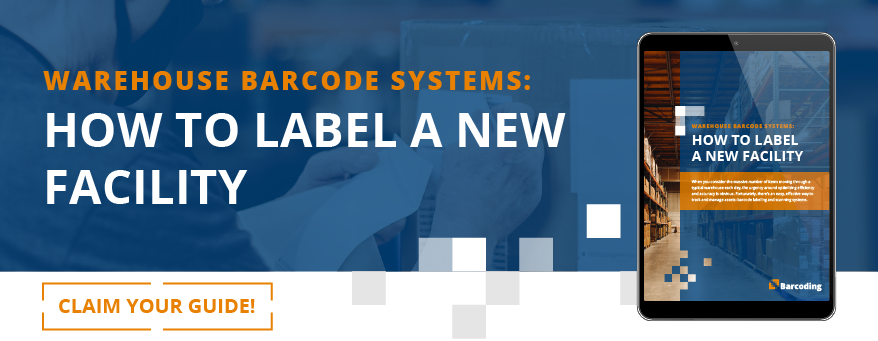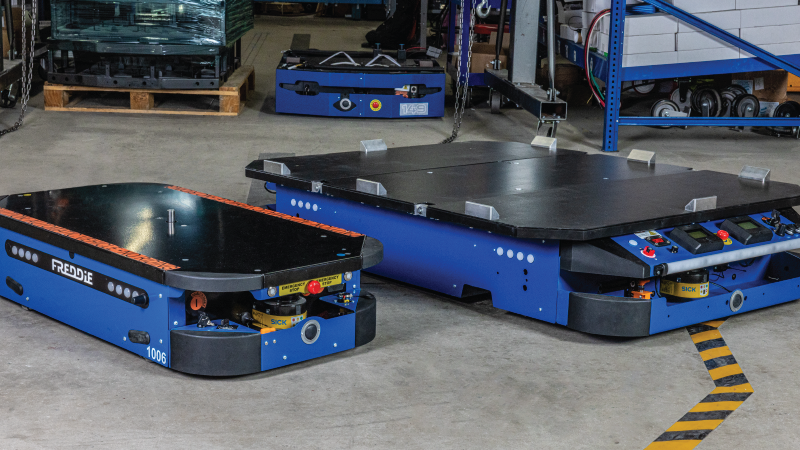The few companies that didn’t consider inventory management critical to growth before 2020 learned a hard lesson. And as for the companies that already prioritized inventory management? They learned hard lessons, too. Healthy businesses need strong inventory health to run properly, and when just-in-time isn’t on time or normally available items are suddenly on backorder, enterprise can quickly grind to a halt.
Operational excellence relies on supply chain stability. That applies to even the back-office, back-of-mind consumables that keep facilities running, whether you’re talking about production or warehousing.
An effective inventory management solution does more than help you keep stocked; the right capabilities can deliver real-time, item-level visibility across your entire organization. You get help monitoring stock levels, expiration dates, in-use equipment and device locations, maintenance schedules, consumable order dates, usage trends, etc. You can automate reordering, get reports on anomalies, and integrate with other operational applications.
With all that in mind, many operational and facilities managers have come to see the potential benefits of implementing an upgrade, and based on trends in inventory management, folks want in. But it’s a broad field and it’s not a minor investment—and an early step toward ensuring optimal ROI is gathering intelligence on stakeholders needs. With that mind:
Here are six of the most important questions to ask team members as you explore, evaluate, and compare inventory management solutions.
Inventory Management Questions to Ask Your Teams
1. Who’s responsible for [fill in the blank]?
When you know who’s responsible, you can get a clearer picture of just how much time, efficiency, and productivity all your teams can gain with a more effective system.
It all adds up: cycle counting, monitoring consumables, ordering, tracking, accounting, gathering and analyzing relevant data, and reporting on trends and costs. When you implement a solution that delivers these capabilities, you’ll help streamline work and trim costs for all those involved. And that can help you articulate the value of the investment in an effective inventory management solution.
2. How are inventory counts currently performed and recorded?
Does your operation have to periodically shut down operations, have employees work weekends—or both—to count inventory? If so, have you calculated the costs in overtime and business disruption? If you’re performing manual counts, how often do you discover inaccuracies? What are the costs your business incurs as a result of those inaccuracies?
In addition to these issues, businesses that rely on periodic inventory counts are, between counts, operating without up-to-date data. Given current consumer expectations, that can be dangerous territory to navigate.
3. How do you integrate inventory data with other operational applications, such as accounting, IT, and fulfillment?
Are your applications integrated, and if so, how seamless is your integration experience? Can departments access the data they need on demand, to inform critical decision-making? Or, do they have to request information, wait for the data to be gathered, analyzed, and reported…so that by the time they receive the information, it’s already outdated?
4. How many systems are in place to control various inventory types?
High-value materials, consumables, rotational assets, capital equipment…are your teams monitoring assets on separate applications, or do you use a single, integrated platform capable of handling it all? At the very least, do your applications talk to each other? How much variation do users experience in the different software interfaces? Have you been fielding complaints about the number of applications, clunky integrations, confusing interfaces, and training demands for users?
5. Do your inventory control practices help you optimize cash flow?
Or, you could ask this question in the opposite way: Do you have to purchase extra inventory because you don’t trust your data? Excess inventory incurs costs. Optimizing your inventory can help you find cash in the business—and that cash can fund improvements to help stay competitive, or simply deliver greater profits.
6. Which capabilities are top priority in a new inventory management solution?
Expect multiple and divergent answers to this question, but look for common points and trends. Here are a few common, high-priority capabilities that deliver value to multiple stakeholders:
- Barcode labeling and scanning to improve accuracy, efficiency, and ease
- Easy-to-use, intuitive devices and applications
- Real-time access to inventory details, data and trend reporting
- Integrations with other software to streamline operations
- Managed services and support beyond implementation
An Effective Inventory Management Solution is More Than Hardware and Software
Upgrading your inventory management system can be transformative for your business, delivering a new experience in speed, efficiency, accuracy, and even the on-the-job experience for workers. And it’s about more than counts. Optimizing footprints, eliminating dead-head activities, more effectively tracking product returns…it all adds up to potential long-term ROI that can make your business more competitive and more profitable.
To get the most out of the investment, you need to get off to the right start. Along with devices and software, proper labeling is fundamental to effective system deployment. And when you download our free guide to warehouse labeling, you’ll see just how effective labeling can help you quickly improve operations.
Just click here or below to claim your free guide and start finding answers to your urgent inventory management questions.







